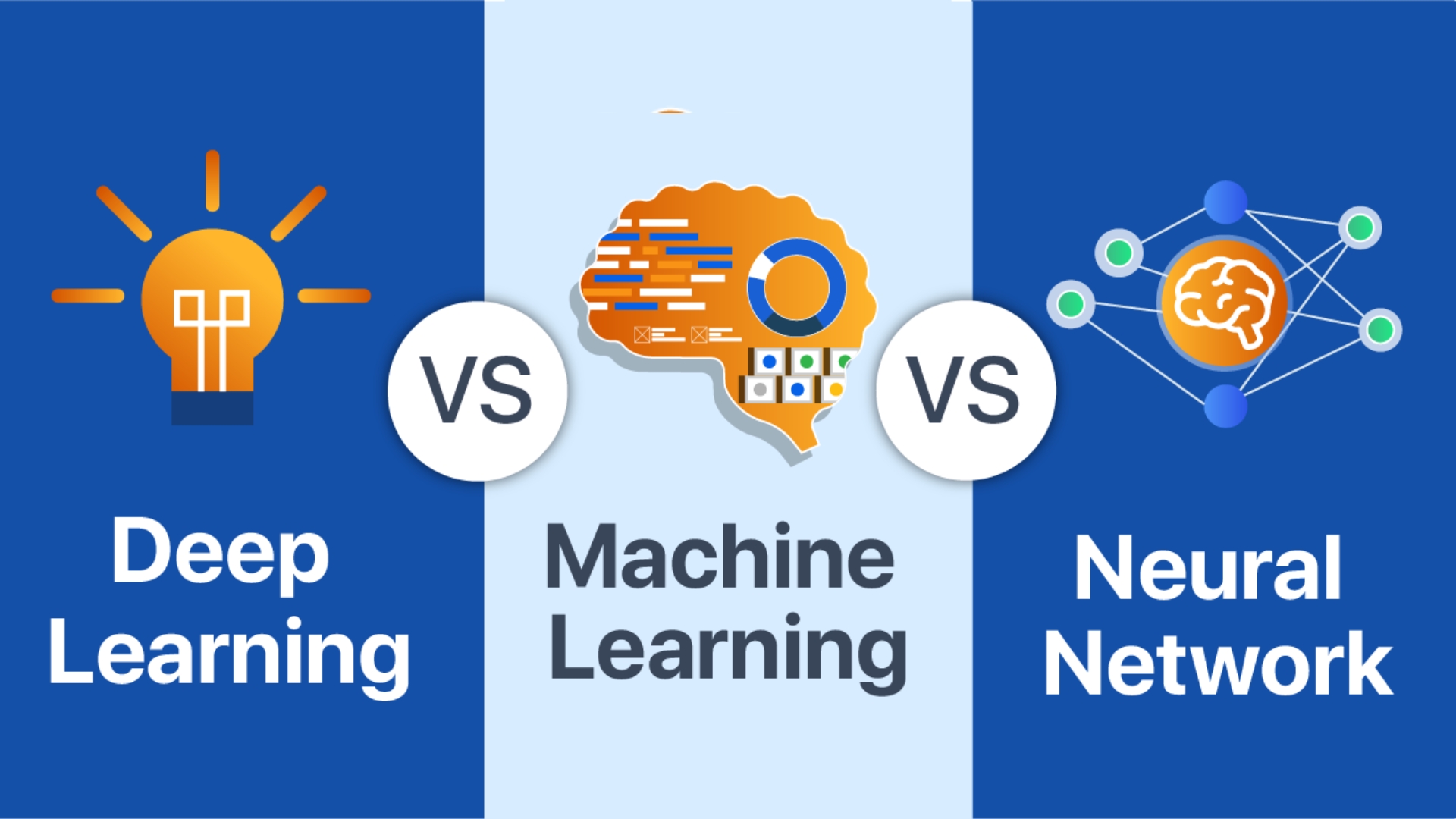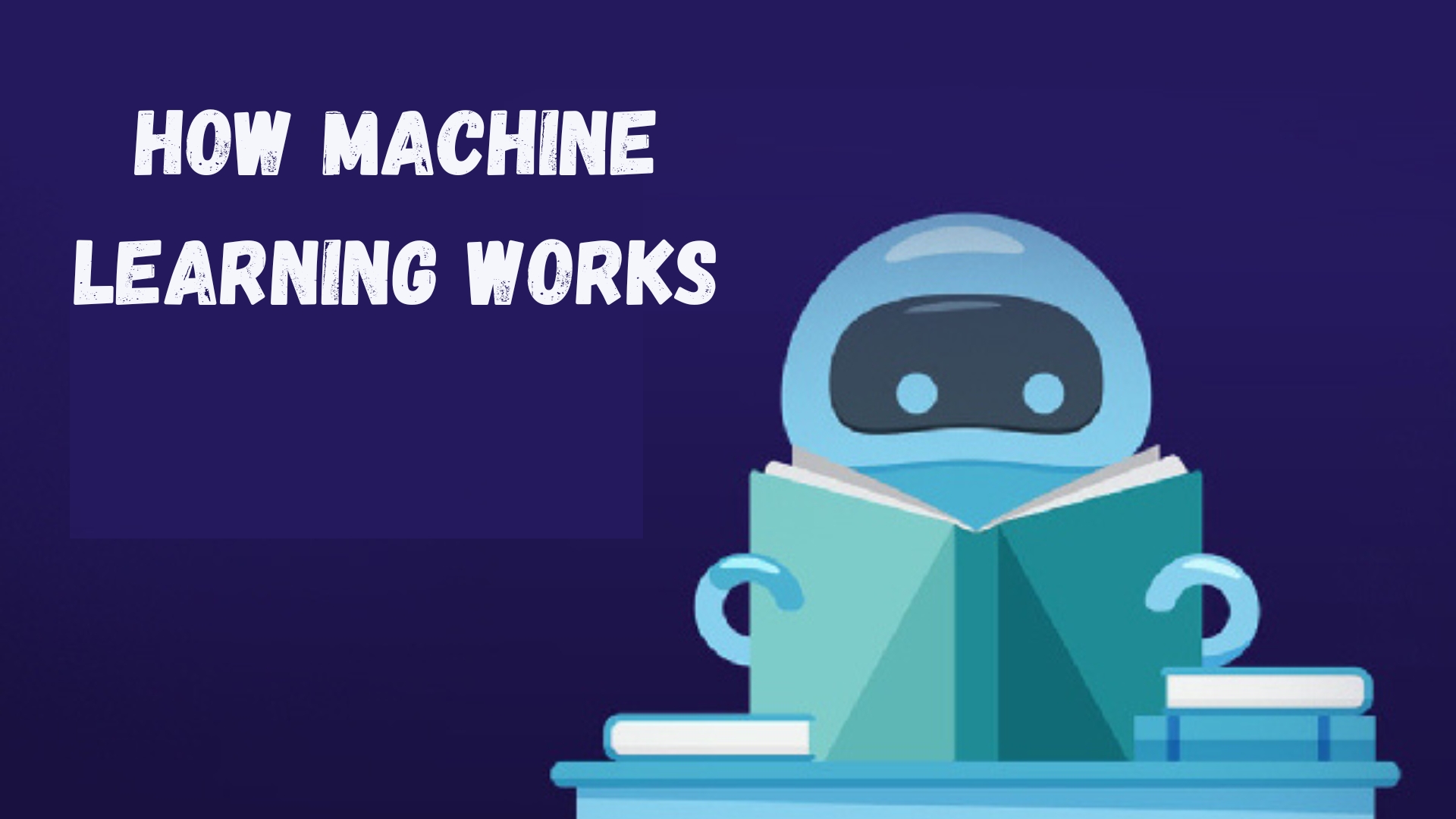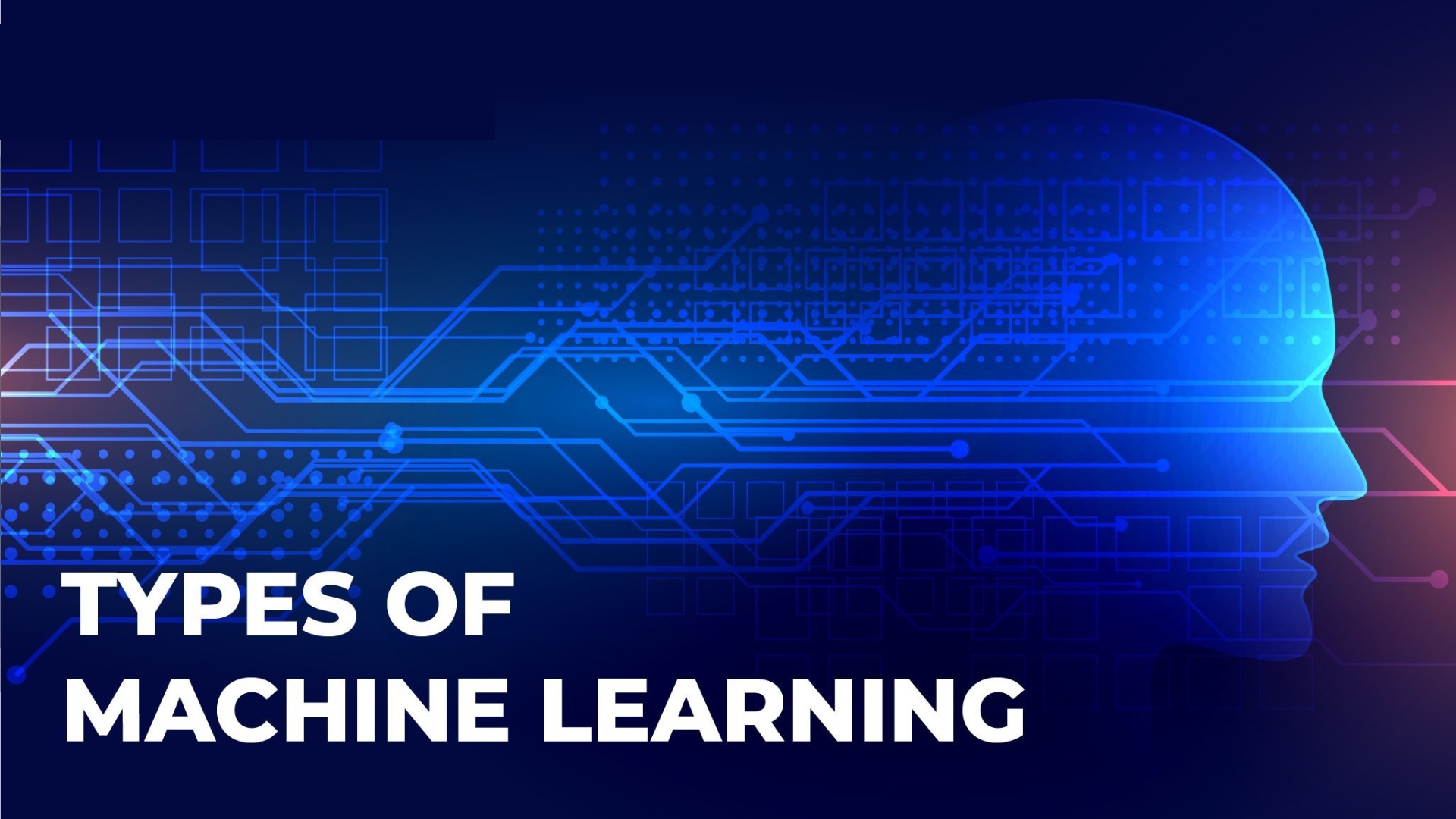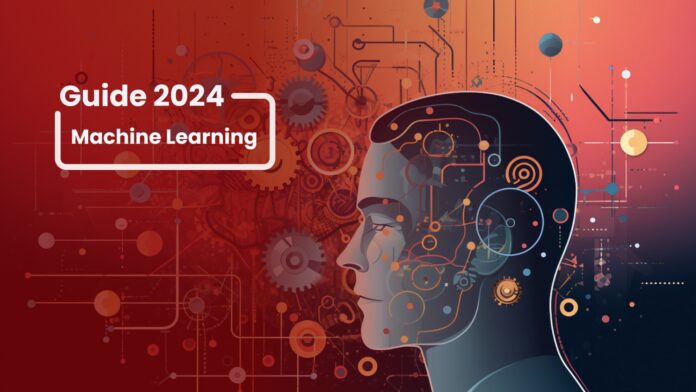Machine Learning: A Comprehensive Guide in 2024. Machine learning uses data to train computers to mimic human learning and increase accuracy. Arthur Samuel is credited with coining the term “machine learning” through his work on checkers. This feat may seem modest compared to present capabilities, but it is a major AI milestone. In recent decades, storage and processing capacity improvements have enabled machine learning-based technology like self-driving cars and Netflix’s recommendation engine.
Data science is increasing and uses machine learning. Data mining uses statistical approaches to train algorithms to find insights, predict, and classify data. These insights should affect crucial growth metrics and application and enterprise decision-making. As big data grows, so will the need for data scientists. Helping identify relevant business questions and data will be their role. TensorFlow and PyTorch are popular frameworks for building machine learning algorithms quickly.
Machine Learning vs. Deep Learning vs. Neural Networks

The differences between deep learning and machine learning are essential to remember because the terms are often used interchangeably. There are many branches of AI, including machine learning, deep learning, and neural networks. But deep learning is a branch of neural networks, which is itself a branch of machine learning.
Different algorithms use different learning processes for DL and ML. Labeled datasets—supervised learning—can teach “deep” machine learning algorithms, but they are not required. Deep learning can automatically identify data types from raw, unstructured data like text or photographs. This allows for more extensive data volumes and less human intervention. The development of classical or “non-deep” machine learning requires human instruction. Human specialists need more structured data to learn, and they choose which features to utilize to understand data variations.
Each node layer of an artificial neural network (ANN) has an input, hidden, and output layer. Each artificial neuron, or node, has a weight and threshold and links to others. A node can send data to the next network tier if its output exceeds a threshold. If not, the node won’t send data up the network. The number of neural network layers makes deep learning “deep.” Deep learning algorithms or neural networks have more than three layers, including input and output. A three-layer neural network is straightforward. Deep learning and neural networks have advanced computer vision, NLP, and speech recognition.
How Machine Learning Works

According to UC Berkeley, There are three components to a machine learning algorithm’s learning system.
- A Decision Process: The two most common uses of machine learning algorithms are categorization and prediction. You can train your algorithm to make an educated guess about a data pattern by feeding it labeled or unlabeled data.
- An Error Function: The model’s prediction is assessed using an error function. An error function can evaluate the model’s accuracy by comparing it to known examples.
- A Model Optimization Process: To narrow the gap between the model’s estimate and the known example, weights are modified based on how well the model fits the data points in the training set. The algorithm will autonomously update the weights in this “evaluate and optimize” cycle until it reaches an accuracy criterion.
Types of Machine Learning

It is possible to classify machine learning models into three main types.
Supervised Machine Learning
Supervised learning, or supervised machine learning, uses labeled datasets to train algorithms to classify data or predict outcomes. The model adjusts its weights as input data arrives until it fits correctly. Cross-validation helps the model avoid under- or overfitting. Supervised learning allows organizations to solve large-scale problems like spam removal. SVM, neural networks, naïve Bayes, logistic regression, linear regression, random forest, and other approaches are used in supervised learning.
Unsupervised Machine Learning
For unlabeled datasets, unsupervised machine learning is best for analysis and clustering. These algorithms automatically detect data clusters or hidden patterns. This method excels at exploratory data analysis, cross-selling, customer segmentation, picture and pattern recognition, and similarity and difference discovery. Dimensionality reduction—reducing model features—is also possible with it. Popular methods include singular value decomposition (SVD) and principal component analysis (PCA). Other unsupervised learning algorithms include neural networks, k-means, and probabilistic clustering.
Semi-supervised Learning
Finding a middle ground between fully supervised and completely uncontrolled learning is the goal of semi-supervised learning. It trains on a smaller, labeled dataset to direct feature extraction and classification on a more extensive, unlabeled dataset. Semi-supervised learning fills the void when supervised learning algorithms cannot handle a lack of labeled data. Also, it’s helpful in cases where marking enough data is too expensive.
Reinforcement Machine Learning
Although it shares similarities with supervised learning, the algorithm in reinforcement machine learning isn’t taught with sample data. This model is designed to learn from its mistakes as it goes along. The optimal solution to a problem will be derived by reinforcing favorable outcomes. An excellent example is the IBM Watson® system that triumphed in the 2011 Jeopardy! Challenge. The algorithm learned when to try an answer (or question), which square on the board to select, and how much to wager—especially on daily doubles—using reinforcement learning.
Common Machine Learning Algorithms

Several machine learning algorithms are commonly used. These include:
- Neural networks: Neural networks simulate how the human brain works, with many linked processing nodes. Neural networks are good at recognizing patterns and play an important role in applications, including natural language translation, image recognition, speech recognition, and image creation.
- Linear regression: This algorithm predicts numerical values based on a linear relationship between different values. For example, the technique could be used to predict house prices based on historical data for the area.
- Logistic regression: This supervised learning algorithm predicts categorical response variables, such as “yes/no” answers to questions. It can be used for applications such as classifying spam and quality control on a production line.
- Clustering: Using unsupervised learning, clustering algorithms can identify patterns in data so that it can be grouped. Computers can help scientists identify differences between data items that humans have overlooked.
- Decision trees: Decision trees can predict numerical values (regression) and classify data. Decision trees use a branching sequence of linked decisions that can be represented with a tree diagram. One of the advantages of decision trees is that they are easy to validate and audit, unlike the black box of the neural network.
- Random forests: In a random forest, the machine learning algorithm predicts a value or category by combining the results from several decision trees.
Real-world Machine Learning Use Cases

Here are just a few examples of machine learning you might encounter every day:
Speech Recognition
One feature that employs natural language processing (NLP) to convert human speech into text is speech-to-text, sometimes called automatic speech recognition (ASR), computer speech recognition, or just speech. Many mobile devices use speech recognition for voice search (like Siri) or to make messaging more accessible.
Customer Service
How we view consumer connections on websites and social media is changing as online chatbots supplant human agents across the customer experience. Chatbots can respond to users’ most common inquiries (FAQs) on subjects like shipping or offer tailored recommendations, such as size recommendations, cross-selling products, or personalized advice. Some examples include chatbots that use platforms like Slack and Facebook Messenger, virtual agents that work on e-commerce sites, and the typical duties performed by virtual assistants and voice assistants.
Computer Vision
Artificial intelligence allows computers to process visual data such as digital photos, videos, and other media to draw conclusions and perform actions. Computer vision, driven by convolutional neural networks, finds use in areas as diverse as social media photo tagging, healthcare radiological imaging, and autonomous vehicles.
Recommendation Engines
More successful cross-selling techniques can be developed with the help of data patterns discovered by AI algorithms using consumer behavior data from the past. Internet businesses employ this strategy during checkout to provide customers with relevant product recommendations.
Automated Stock Trading
Artificial intelligence (AI) powered high-frequency trading platforms optimize stock portfolios by automatically making hundreds of deals, if not millions, daily.
Fraud Detection
Financial organizations like banks can employ machine learning to identify potentially fraudulent activities. A model can be trained using data on known fraudulent transactions through supervised learning. If a transaction seems out of the ordinary, anomaly detection can help find it.
Challenges of Machine Learning

The advancement of machine learning technologies has undeniably simplified our lives. The widespread use of machine learning in corporate settings has raised several ethical questions about AI technology. Here are a few examples:
Technological Singularity
Despite the interest in this topic, few scientists worry about AI outperforming humans. Other names for the same notion include strong AI and technological singularity. “Any intellect that vastly outperforms the best human brains in practically every field, including scientific creativity, general wisdom, and social skills,” characterizes philosopher Nick Bostrum. Superintelligence may not arrive soon, but it makes us think about autonomous systems like self-driving cars, which raises some exciting questions. Assuming a driverless automobile is accident-proof is impracticable, but who would be responsible? Should we focus on entirely autonomous or semi-autonomous vehicles that make roads safer? This ethical quandary arises every time cutting-edge AI technology improves, and the verdict is out.
AIImpactt on Jobs
Many people’s views on AI revolve around the fear of losing one’s job. However, this worry needs to be reframed. The market demand for some occupational roles changes with every new, disruptive technology. Consider the car industry: to align with green measures, many manufacturers, including GM, are moving their focus to electric vehicle production. There will always be a need for energy, but the focus is changing from fuel efficiency to electric power.
Artificial intelligence will also cause a rebalancing of employment demands. Having people on hand to assist with AI system management is essential. Industries like customer service, prone to changes in labor demand, will still require individuals to handle more complicated problems. As AI becomes more pervasive in the workplace, assisting workers in shifting to in-demand new positions will pose the most significant obstacle.
Privacy
Privacy discussions commonly include “data privacy,” “data protection,” and “data security.” Policymakers have made more progress in recent years in response to these concerns. In 2016, the General Data Protection Regulation (GDPR) protected EU and EEA residents’ data and gave them more control over it. State-level policies include the 2018 California Consumer Privacy Act (CCPA), which requires corporations to warn customers when they collect personal data. Legislation like this has forced businesses to rethink PII storage and use. Security investments are now a primary concern for companies to prevent cyberattacks, hacking, and surveillance.
Bias and Discrimination
Machine learning systems’ bias and prejudice have raised ethical questions regarding AI’s deployment. How can training data be free of prejudice and discrimination if human processes provide it? Companies typically mean good when they automate, but Reuters notes some unforeseen recruiting impacts of AI. Amazon had to discontinue automation and streamlining efforts because it accidentally gender-discriminated against technical applicants. Harvard Business Review has raised important AI in HR issues, including what information to use when screening job prospects. HR software contains bias and discrimination, social media algorithms, and facial recognition software. As they become increasingly aware of AI’s risks, companies have increased their involvement in AI ethics and values discussions.
Accountability
There is no enforcement mechanism to guarantee that ethical AI is performed due to the lack of substantial legislation governing techniques. The financial consequences of an immoral AI system incentivize businesses to act ethically. To address this, researchers and ethicists have worked together to develop ethical frameworks that will regulate the creation and dissemination of AI models in society. These are merely guidelines for the time being, though. According to several studies, society is less likely to be protected when there is a lack of planning for possible outcomes and widespread responsibilities.


